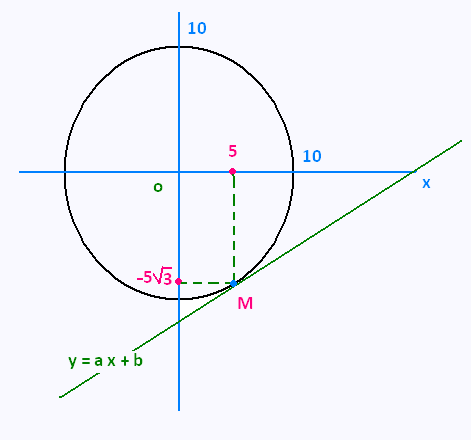Calculus I
Limits
Derivative
Exercices
Applications
Marginal analysis
© The scientific sentence. 2010
|
Calculus: Other definitions
1. Derivatives of higher order
If f(x) is a differentiable function, its derivative is also a
function and can be differentiable.
The derivative of the function f(x), when it exists, is called the
second derivative or derivative of order 2 :
f''(x) =
d2f(x)/dx2
We obtain the third derivative or
derivative of order 3 of f(x):
f'''(x) = f(3)(x) =
d3f(x)/dx3
Similarly one can derive several times the same function
to obtain
the nth derivative of the function f(x), or derivative of order n:
f(n)(x) =
dnf(x)/dxn
.
2. Derivative of implicit and
explicit form of a function:
2.1. Definitions
So far, all the functions studied were given in
equations where the dependent variable y = f(x)
was expressed in an explicit form in terms of the independent
variable x. The equations were always of the form y = f (x).
Sometimes, however, the equation is not given in this form.
This is the case of the equation;
xy + 2x - 5 = 0.
The equation is presented in the form f(x, y) = 0.
We say that the variable y is expressed in an implicit form
of the variable x.
To move from the implicit form to the explicit form, we solve
the equation for the variable y:
xy + 2x - 5 = 0.
xy = - 2x + 5
y = (- 2x + 5)/x
Now, the equation defines a function in an explicit form. This
function can now be derived using the previous rules.
• A function is in an implicit form when it
is of the type f (x, y) = 0.
• A function is in an explicit form when it
is of the form y = f (x).
2.2. Implicit derivative example
To differentiate an implicit function:
a) We derive the two sides of the equation,
b) Then, we solve for a chosen variable.
3. Derivative of reciprocal functions
If the equation that we have is is provided in the form
x = f(y)
instead of y = f(x), and we search for
dy/dx, we just write:
dx/dy = 1/(dy/dx)
4. Exercise

Find the equation of the tangent line to the following circle:
x2 + y2 = 100
at the point (+5, - 5√3).
Hint:
. Calculate dy/dx
. Use the point y(5) = - 5√3
|
|

